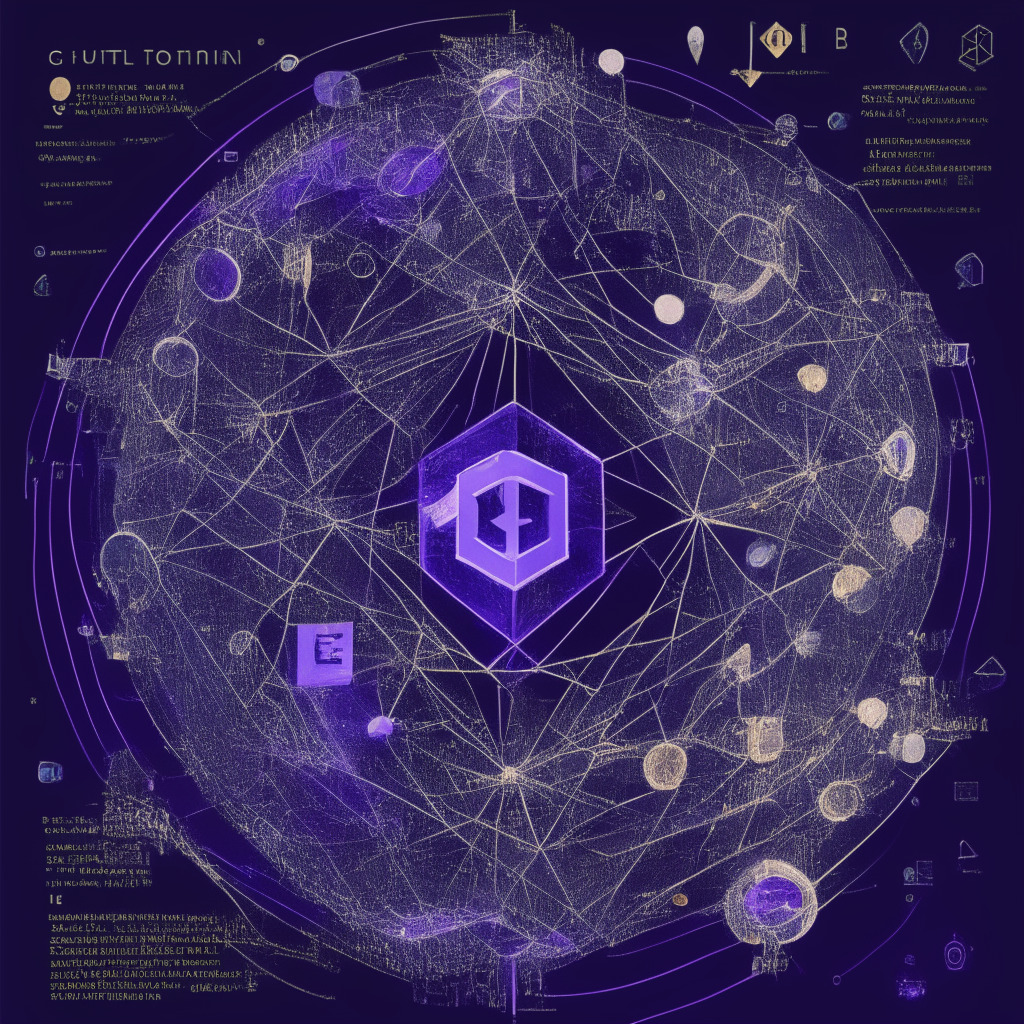The push for decentralization in the blockchain world is reaching new heights with the focus on distributed validator technology (DVT), a design feature that aims to further enhance the Ethereum blockchain’s resilience. Currently, the Ethereum network relies on 606,947 validators to authenticate transactions, but each of these validators could be seen as a potential point of failure. Moreover, validators are at risk of receiving financial penalties, known as “slashing,” if they go offline for prolonged periods, giving them an incentive to boost their own resilience.
The concept of DVT revolves around making the validators themselves decentralized. According to Ethereum co-founder Vitalik Buterin, DVT has been one of the blockchain’s top priorities since 2021. The technology has gained traction in recent months, with increasing attention from entrepreneurs and crypto analysts at firms such as Messari, Coin Metrics, Bankless, Wu Blockchain, and Pantera Capital.
Under DVT, a validator’s private key used to sign various on-chain operations can be split across multiple node operators. This allows the duties and responsibilities of a validator to be distributed across a cluster of operators rather than relying on a single node. According to Steven Quinn, Head of Research at staking service provider P2P, this enables the geographic distribution of machines.
Two open-source networks, Obol and SSV, are currently working to deploy distributed validators. Obol Network aims to promote the adoption of multi-operator validation as a use case for DVT, while SSV.Network facilitates the distributed operation of an Ethereum validator across various operators.
Obol and SSV’s efforts are targeted at removing the single point of failure in the validation process. As validators currently run on a single node, if a node operator encounters issues or becomes unavailable, the validator may not be able to fulfill its responsibilities, notably proposing blocks and attesting. This could lead to a slashing penalty for the staked ether.
DVT’s significance lies in enhancing the Ethereum blockchain’s resilience against external and internal disturbances, be it geopolitics, regulation, markets, or unexpected disruptions like fires or earthquakes. Walter Smith from technology-driven investment firm Galaxy points out that with more clients and node operators in different geographical areas operating a single validator, if several operators experience downtime due to malicious actors or codebase bugs, the entire validator wouldn’t go down, given a substantial portion of the network employs DVT.
With Obol and SSV gearing up to bring distributed validators to the Ethereum mainnet, DVT stands as the last critical development phase in Ethereum’s Merge era. This technology aims to make Ethereum more robust, decentralized, and credibly neutral, providing a more stable environment for protocols and use cases.
Source: Coindesk




